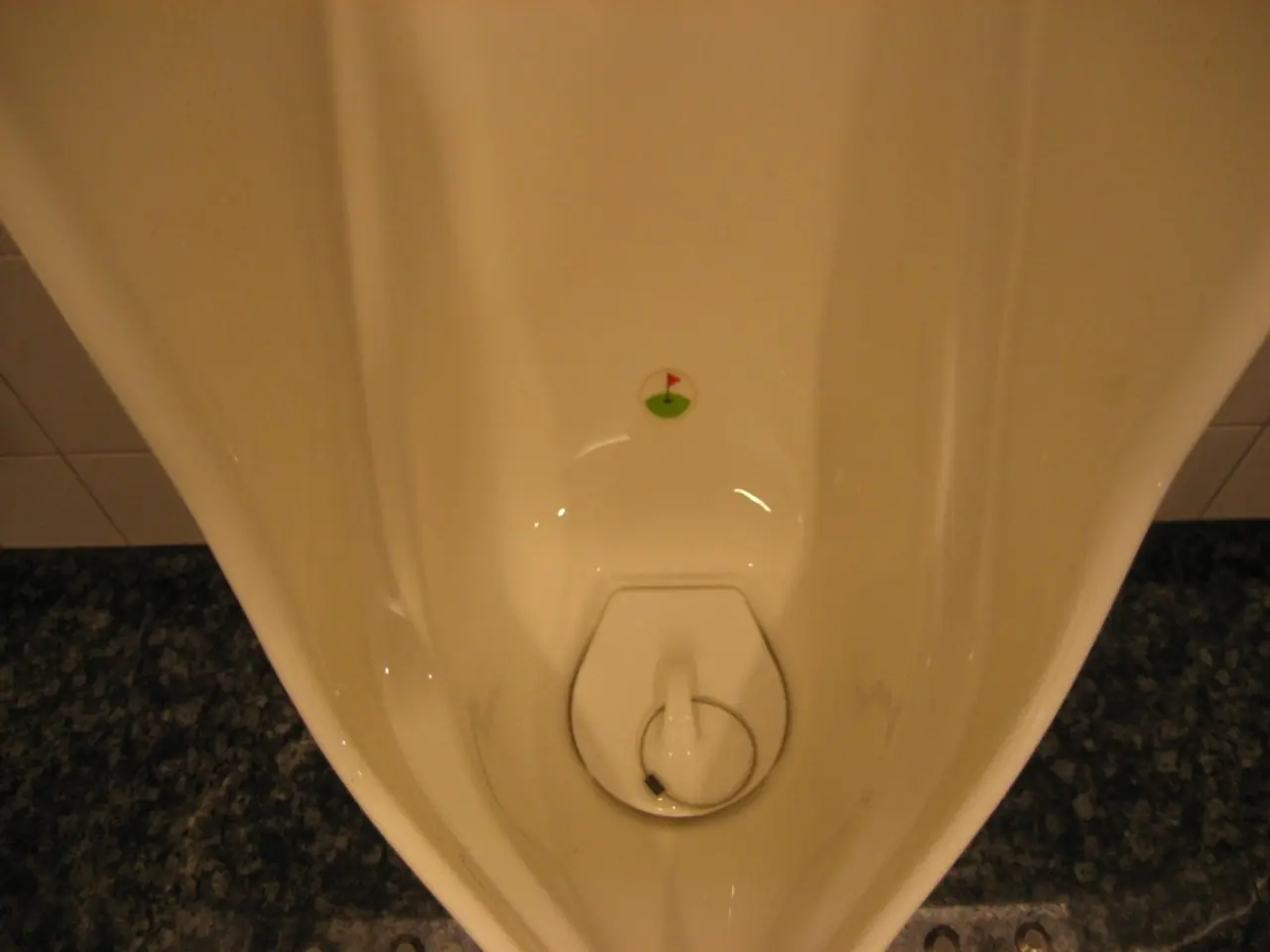Bladder inflammation known as Interstitial cystitis, exploring signs, triggers, and remedies.
Interstitial cystitis (IC), also known as bladder pain syndrome, is a chronic condition that affects the urinary system, causing pelvic pain, bladder pain or pressure, and urinary frequency or urgency. This article aims to provide an in-depth understanding of IC, its symptoms, causes, diagnosis, and treatment options.
### Common Complications
IC can lead to several complications, including bladder wall stiffening and reduced capacity, chronic pain effects, and challenges with sexual intimacy. The stiffening of the bladder wall can decrease its capacity, leading to more frequent urination. Persistent pain can disrupt sleep, reduce quality of life, and lead to emotional stress or depression. Sexual function and intimacy are often affected due to the pain and urinary symptoms associated with IC.
### Causes
The exact cause of IC is not yet fully understood. It is a non-infectious condition, distinct from urinary tract infections, with no typical bacterial infection found in urine tests. Possible underlying mechanisms include inflammation of the bladder lining or dysfunction of the bladder's protective layer, but these vary among patients.
### Symptoms
The primary symptoms of IC include pelvic pain or discomfort especially when the bladder fills, relieved after urination; urinary urgency and frequency, sometimes up to 20 times or more daily; pain during sexual intercourse (dyspareunia); and small volumes of urine passed each time.
### Diagnosis
Diagnosing IC involves ruling out infections and other urinary tract conditions through urinalysis and imaging such as ultrasound, MRI, or CT scans. Cystoscopy (looking inside the bladder with a camera) and biopsy may be used to evaluate bladder wall inflammation.
### Treatments
There is currently no simple or definitive cure for IC. Treatment is multi-modal and multidisciplinary, aimed at symptom relief and improving quality of life. Options may include bladder instillations, oral medications to reduce inflammation or pain, physical therapy for pelvic floor dysfunction, and lifestyle modifications such as avoiding certain foods and drinks, avoiding smoking, managing stress, wearing loose clothing, and having healthy sleep habits.
Pain management is complex because typical painkillers often do not relieve IC pain. Topical medications for IC include lidocaine patches, vaginal or rectal diazepam, and topical amitriptyline. Oral medications for IC include tricyclic antidepressants, antihistamines, pentosan (Elmiron), immunosuppressants, alpha-blockers, amphetamines, antiseizure medications, histamine blockers, leukotriene inhibitors, prostaglandins, urinary tract antispasmodics, and certain herbal therapies.
In conclusion, IC is a chronic, non-infectious bladder syndrome causing pelvic pain and urinary frequency with significant impact on quality of life. Its cause is not fully known, and treatment focuses on symptom management through a combination of medical, physical, and behavioral approaches. If you or someone you know is experiencing symptoms of IC, it is essential to seek medical advice for proper diagnosis and treatment.
- In the realm of neurological disorders, interstitial cystitis (IC) is a chronic condition that affects the urinary system, causing complications like bladder wall stiffening, chronic pain effects, and challenges with sexual intimacy.
- This medical condition, known as bladder pain syndrome, does not have a typical bacterial infection found in urine tests, and its exact cause remains unclear.
- Some possible underlying mechanisms include inflammation of the bladder lining or dysfunction of the bladder's protective layer, but these can vary among patients.
- Symptoms of IC include pelvic pain or discomfort, urinary urgency and frequency, pain during sexual intercourse, and small volumes of urine passed each time.
- Diagnosing IC is a process that involves ruling out infections and other urinary tract conditions, which may include urinalysis, ultrasound, MRI, CT scans, cystoscopy, and biopsy.
- Treatment for IC is multi-modal and multidisciplinary, focusing on symptom relief, improving quality of life, and addressing chronic diseases and mental health concerns, such as depression and stress.
- Management strategies may include lifestyle modifications like nutrition, skin care, fitness and exercise, avoiding certain foods and drinks, quitting smoking, managing stress, wearing loose clothing, and having healthy sleep habits, alongside pharmacological interventions like lidocaine patches, various oral medications, and topical amitriptyline.




